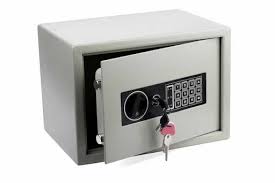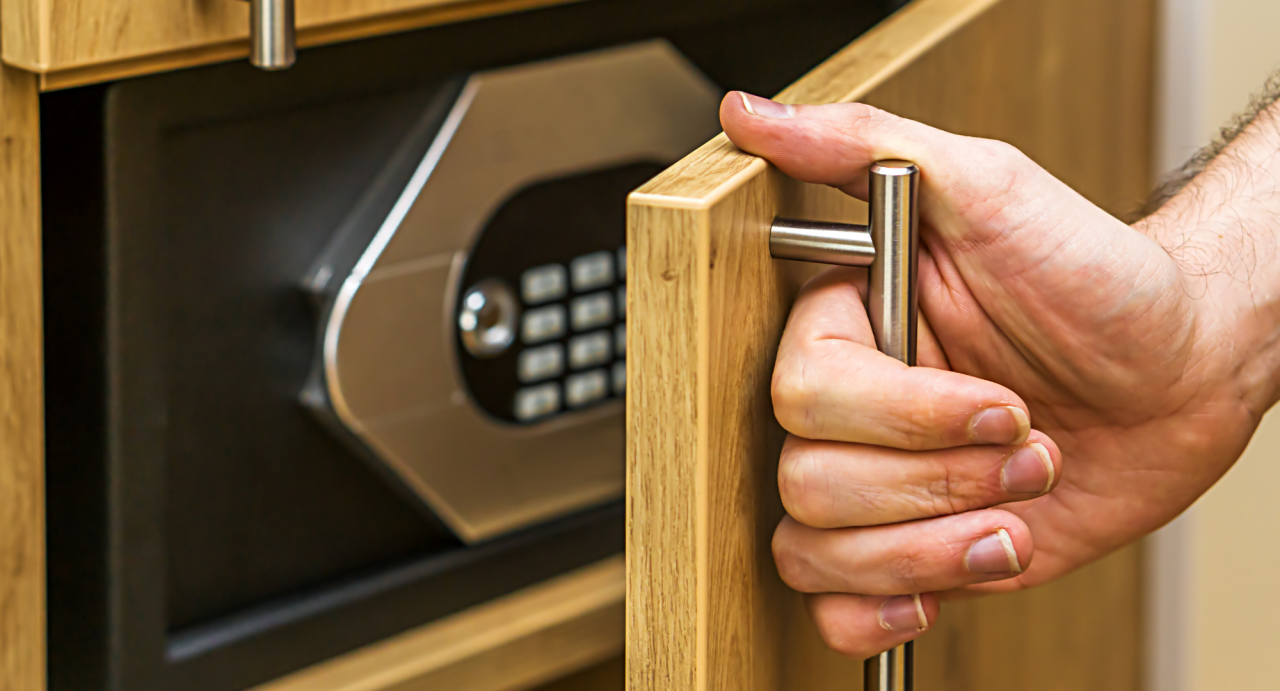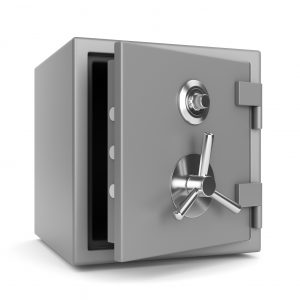In a world where security is paramount, finding yourself locked out of a commercial space without a key can be both frustrating and potentially costly. Whether it’s due to a misplaced key or a malfunctioning lock, knowing how to regain access is essential. In this guide, we’ll delve into the art of opening commercial door locks without a key. As seasoned experts in security solutions, we understand the urgency and importance of such knowledge. Join us as we explore various techniques and precautions to help you navigate through these challenging situations with confidence and ease
Read more about how to remove a commercial door lock!
Understanding Commercial Door Locks
Commercial door locks come in various types and configurations, each with its own mechanisms and security features. Understanding these locks is the first step in devising a strategy for opening them without a key.\
Read more about how much does it cost to rekey a commercial lock?
Types of Commercial Door Locks
- Mortise Locks: Commonly found in commercial settings, mortise locks are installed within the door and offer robust security.
- Cylinder Locks: Also known as pin tumbler locks, cylinder locks are prevalent in commercial buildings due to their durability and ease of use.
- Deadbolt Locks: Deadbolts provide additional security with a solid metal bolt that extends into the door frame when engaged.
- Electronic Locks: These advanced locks use electronic components like keypads or card readers for access control, often found in high-security environments.
Key Components
Understanding the key components of commercial door locks, such as the lock cylinder, latch mechanism, and strike plate, is crucial for determining the best approach to open them without a key. Each component plays a vital role in the locking mechanism’s operation and vulnerability to bypass methods.
Tools and Materials Needed
When attempting to open a commercial door lock without a key, having the right tools and materials is essential for a successful outcome. Here’s a list of commonly used items:
Read more about how to change a commercial door lock cylinder?
Tools:
- Lock Picks: Various types of lock picks, such as hook picks, rake picks, and tension wrenches, are essential for manipulating the lock’s internal components.
- Bypass Tools: Specialized tools like bypass shims, jigglers, or bump keys may be used to exploit vulnerabilities in certain lock types.
- Drill and Drill Bits: In some cases, drilling may be necessary to bypass the lock mechanism, requiring a drill and appropriate drill bits.
- Key Extractor Set: If the lock cylinder has a broken key stuck inside, a key extractor set can help remove it without causing further damage.
Materials:
- Graphite Lubricant: Lubricating the lock mechanism with graphite powder can make manipulation easier and reduce friction.
- Shimming Material: Thin metal or plastic shims may be used to bypass certain types of locks by manipulating the latch mechanism.
- Replacement Parts: In case of damage during the opening process, having spare parts like lock cylinders or strike plates on hand can be helpful.
Having these tools and materials ready ensures that you’re prepared to tackle the task of opening a commercial door lock without a key effectively and safely.
Basic Methods:
- Lock Picking: Utilizing lock picks and tension wrenches to manipulate the pins inside the lock cylinder, allowing it to turn and open.
- Bypassing: Using bypass tools like shims or bump keys to exploit weaknesses in the lock mechanism and bypass the need for a key.
- Drilling: As a last resort, drilling may be employed to destroy the lock mechanism, allowing the door to be opened.
Advanced Techniques:
- Impressioning: Creating a working key by making impressions of the lock’s internal components using specialized tools.
- Decoding: Analyzing the lock’s internal mechanisms to determine the correct key bitting, allowing for the creation of a working key.
- Lock Manipulation: Using advanced techniques to manipulate the internal components of the lock without traditional picking methods, such as using magnetic or electronic tools.
These advanced techniques require a higher level of skill and expertise, often practiced by professional locksmiths or individuals with extensive experience in lock manipulation. They can be effective in opening commercial door locks without a key, but they also carry a greater risk of damaging the lock if not performed correctly.
Safety Precautions:
- Protective Gear: Wear appropriate safety gear such as gloves and safety glasses to protect against potential injuries from tools or lock components.
- Secure Environment: Ensure the area is well-lit and free of obstacles to prevent accidents during the lock opening process.
- Use Caution: Handle tools and equipment with care to avoid injury or damage to property. Exercise caution when applying pressure or force to the lock.
- Know When to Stop: If encountering difficulty or resistance while attempting to open the lock, know when to stop and reassess the situation to prevent further damage.
Legal and Ethical Considerations:
- Legal Implications: Understand the legal ramifications of attempting to open a commercial door lock without proper authorization. In many jurisdictions, unauthorized entry or tampering with locks can result in legal consequences.
- Ethical Responsibility: Consider the ethical implications of bypassing security measures. Respect the rights of property owners and adhere to ethical standards when attempting to open a lock without a key.
- Seek Professional Help: When in doubt or faced with complex legal or ethical dilemmas, seek advice from legal professionals or locksmiths who can provide guidance on the appropriate course of action.
Conclusion:
Knowing how to open a commercial door lock without a key can be a valuable skill in certain situations, such as during emergencies or lockouts. However, it is essential to prioritize safety and adhere to legal and ethical considerations when attempting to bypass security measures. By following safety precautions and understanding the legal and ethical implications, individuals can navigate the process responsibly and effectively when faced with the need to open a commercial door lock without a key.






